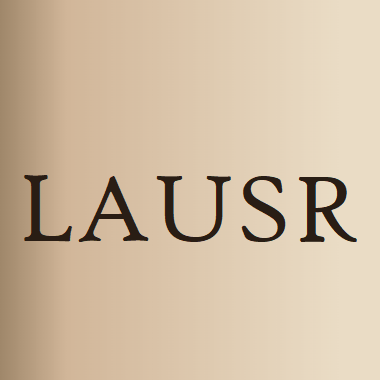
Background: Probabilistic bias and Bayesian analyses are important tools for bias correction, particularly when required parameters are nonidentifiable. Negative controls are another tool; they can be used to detect and… Click to show full abstract
Background: Probabilistic bias and Bayesian analyses are important tools for bias correction, particularly when required parameters are nonidentifiable. Negative controls are another tool; they can be used to detect and correct for confounding. Our goals are to present conditions that assure identifiability of certain causal effects and to describe and illustrate a probabilistic bias analysis and related Bayesian analysis that use a negative control exposure. Methods: Using potential-outcome models, we characterized assumptions needed for identification of causal effects using a dichotomous, negative control exposure when residual confounding exists. We defined bias parameters, characterized their relationships with the negative control and with specified causal effects, and described the corresponding probabilistic-bias and Bayesian analyses. We present analytic examples using data on hormone therapy and suicide attempts among transgender people. To address possible confounding by healthcare utilization, we used prior tetanus–diphtheria–pertussis (TdaP) vaccination as a negative control exposure. Results: Hormone therapy was weakly associated with risk (risk ratio [RR] = 0.9). The negative control exposure was associated with risk (RR = 1.7), suggesting confounding. Based on an assumed prior distribution for the bias parameter, the 95% simulation interval for the distribution of confounding-adjusted RR was (0.17, 1.6), with median 0.5; the 95% credibility interval was similar. Conclusions: We used dichotomous negative control exposure to identify causal effects when a confounder was unmeasured under strong assumptions. It may be possible to relax assumptions and the negative control exposure could prove helpful for probabilistic bias analyses and Bayesian analyses.
Journal Title: Epidemiology
Year Published: 2022
Link to full text (if available)
Share on Social Media: Sign Up to like & get
recommendations!